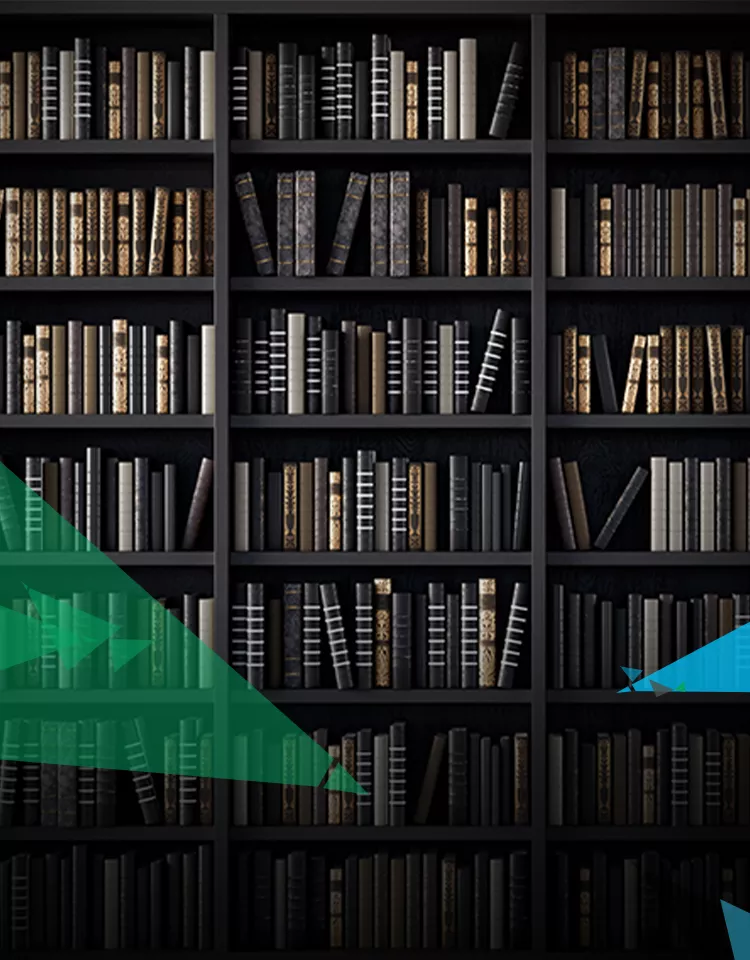



Continual technology innovations have made the enterprise tech ecosystem extremely cluttered and replete with special-purpose and bespoke systems. Although these tech systems help organizations achieve distinct goals or purposes, they often tend to work in isolation. The modern thinking is that for best results, they need to work in cohesion with multiple other systems and workflows. Software interoperability is a necessity for ecosystem expansion.
But traditional QA techniques aren’t good enough for the meeting the testing complexities and growing test volumes of today’s software products – making specialized QA (including product interoperability testing) a pressing need. Specialized Quality Engineering (SQE) that begins with initial application planning and progresses to merge development and testing into a single continuous activity or pipeline helps free up time for revisions and fixes. With high-speed access to test data and powerful new technologies, the SQE paradigm is enabling AI-based, continuous testing, integration and modernization of applications.
Read on to uncover the need for Digital Quality Assurance (DQA) and how Specialized Quality Engineering (SQE) makes this possible.
The Need for Digital Quality Assurance (DQA)
Organizations that look to enable end-to-end quality engineering can benefit greatly by embracing DQA. Via specialized skills and modern tools, DQA helps teams execute the expanded scope of interoperability and test applications across emerging tech cases. Here are some reasons why organizations today need DQA:
- DQA embeds quality into the fabric of software development through continuous integration of development and testing into a single pipeline, so defects can be fixed earlier in the lifecycle. By focusing on quality from the beginning of the software development lifecycle, it helps in rectifying bugs and issues as soon as they are detected – thus improving the overall quality of the product under development. By building iterative models that allow for continuous and comprehensive testing, DQA ensures optimal performance and functionality of application subsystems and alignment with changing user expectations.
- DQA encourages test automation, helping engineering teams save the time, effort, and money they spend in testing complex applications while delivering the desired results at speed – regardless of the target platform or system. By automating mundane and error-prone testing activities, DQA not only improves quality of testing but also speeds time-to-market. By adopting AI/ML as part of DQA, organizations can test applications across more test cases, improving test coverage and better meet time-to-market deadlines.
- DQA also allows for better interoperability between components such as operating systems, hypervisors, storage arrays, and network devices, ensuring the software communicates seamlessly with other products, platforms, and devices.
- As software gets increasingly embedded with Cloud, IoT, Big Data, Security, AI/ML, and more, DQA allows for all these new features to be tested via specialized skills and modern methodologies.

How SQE Methodologies Help?
To enable DQA, there is an urgent need to embrace SQE that makes the best use of modern technologies, processes, and specialized people skills to deliver outstanding outcomes. Here’s how SQE methodologies can accelerate product development, DQA, and customer experience initiatives.
Uncovers Vulnerabilities Early in the Lifecycle via Advanced Security Testing:
Today’s products and applications are being accessed by multiple users, from multiple locations, using multiple devices and channels – making them extremely prone to attack from a variety of internal and external threats. SQE methodologies enable organizations to proactively uncover a variety of vulnerabilities, threats, and risks across multiple environments and devices. Through frequent security scans and risk assessment techniques, they help engineers uncover and evaluate threat detection weaknesses and gaps and develop appropriate solutions.
Checks for Integration and Interoperability Across Diverse Cloud Environments via Cloud Testing:
Given the fact that several organizations today are embracing varied and rich cloud platforms, today’s systems need to be seamlessly integrated and interoperable across these cloud environments. SQE allows organizations to accelerate service access and delivery and improve competitive position; it helps in modernizing, innovating, and adapting applications to interoperate across multi-cloud architectures and in close coordination with on-premises systems. Through functional, bandwidth, load, and performance testing, specialized cloud infrastructure and services testing can help organizations in easy updates, migration, and refactoring, ensuring high availability, scalability, and flexibility of cloud solutions.
Simplifies Customer Experiences Across Devices and Vendors via Mobile Testing:
With customers accessing software products and services using a variety of devices and form factors, delivering phenomenal user experiences requires organizations to deliver multi-vendor and device-specific applications. SQE via mobile testing allows for the designing of the optimal customer experience – across each device and environment. By testing applications across devices, browsers, and networks, SQE sets the stage for high levels of function, performance, security, compatibility, and usability – allowing for products to be brought to the market faster, with enhanced features, and lesser risk.
Enables Seamless Data Connectivity Across Unlimited Endpoints via IoT Testing:
As IoT solutions modernize industry operations with data connectivity across a near-infinite range of endpoints, specialized testing enables seamless data connectivity across all these endpoints. By testing the avalanche of IoT devices across networks, sensors, communication protocols, complex integration scenarios, and industry-specific compliance and security requirements, SQE helps in maintaining the right levels of utilization, performance, and safety. With IoT testing, engineers can evaluate applications for new product integrations, performance, interoperability, as well as test hardware parameters such as CPU, disk, and communication patterns.
Speeds up the CI/CD Pipeline via ML- and AI-Based Testing:
Specialized testing can also help in speeding up the accuracy and timeliness of CI/CD pipelines. SQE methodologies, when integrated with ML- and AI-based testing, can deliver much-needed reasoning and problem-solving capabilities, replacing the developer/tester in the decision-making process. Using multi-layered neural networks that constantly learn from high volume data, engineers can constantly evaluate code coverage, carry out static analysis, and test results to more easily identify security vulnerabilities, missing datasets, and other errors.
Improves Transparency and Reduces Risks via Blockchain Testing:
As the pace and volume of security threats increase, specialized engineering expertise is needed to strengthen the security posture. SQE also helps in improving transparency and reducing risks via blockchain testing. By enabling real-time data monitoring over networks and systems, blockchain testing helps in tracking every transaction – increasing both transparency and security. Any change that is requested needs to follow a robust change management process and can be implemented only when all the boxes are ticked.
ISVs are under immense pressure to build, test, and deliver high-quality software products to meet the growing demands of today’s sophisticated enterprise customers and end-users. Developing bug-free, user-friendly, and high-performing products for any environment and varied architectures requires specialized engineering expertise.
Embrace SQE today to execute omnichannel, cross-geo, and hybrid application validations and set the stage for robust DQA.
For more details,



 View Previous Blog
View Previous Blog




